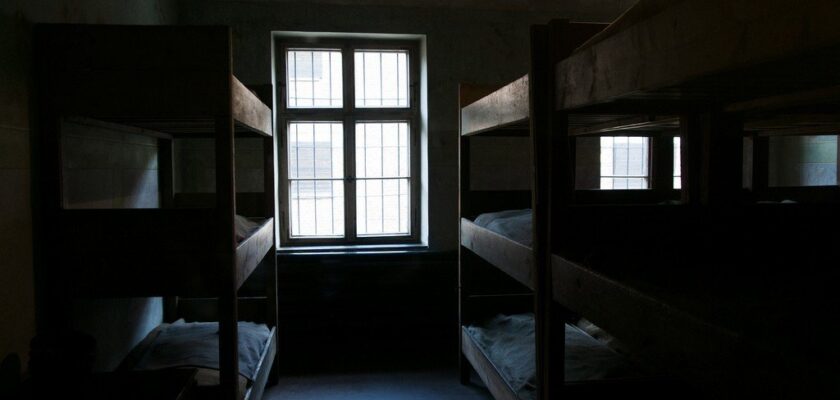Auschwitz Auschwitz-Birkenau Concentration Camp
Auschwitz concentration camp was the largest complex of German concentration and death camps, consisting of two camps, Auschwitz-I and Auschwitz-II-Birkenau. It was located about 60 kilometers west of Krakow, where there were barracks of the Polish army on the outskirts of the town of Auschwitz. Originally the Nazis had hoped to collect only Polish political prisoners here, but instead the camp became a colossal death factory where between 1.5 and 2 million “undesirable elements” were exterminated, 90 percent of whom were Jews.
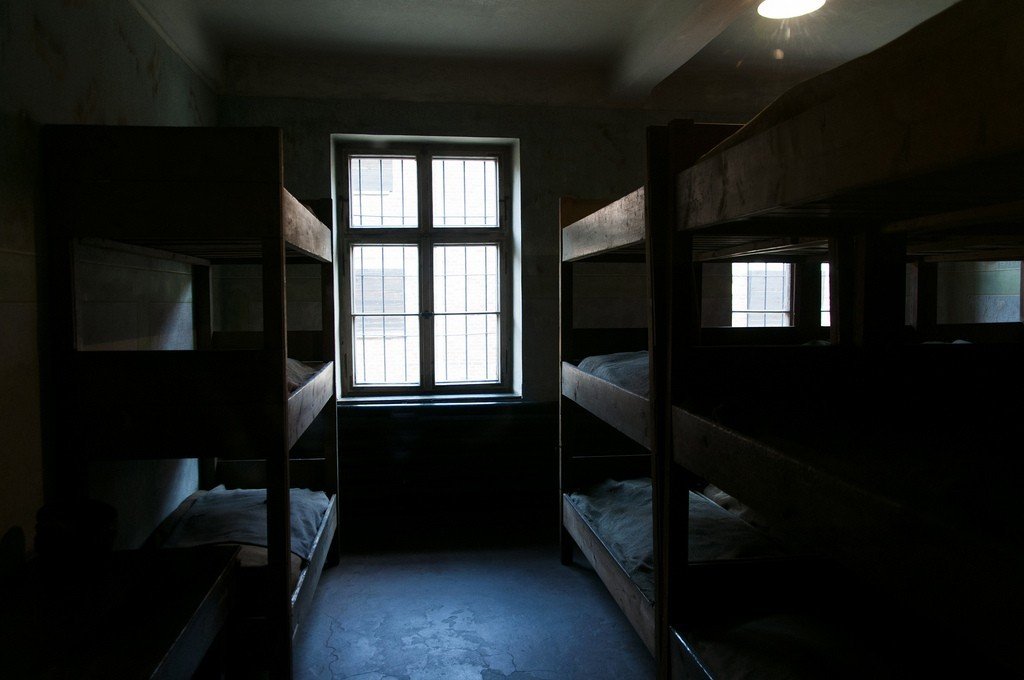
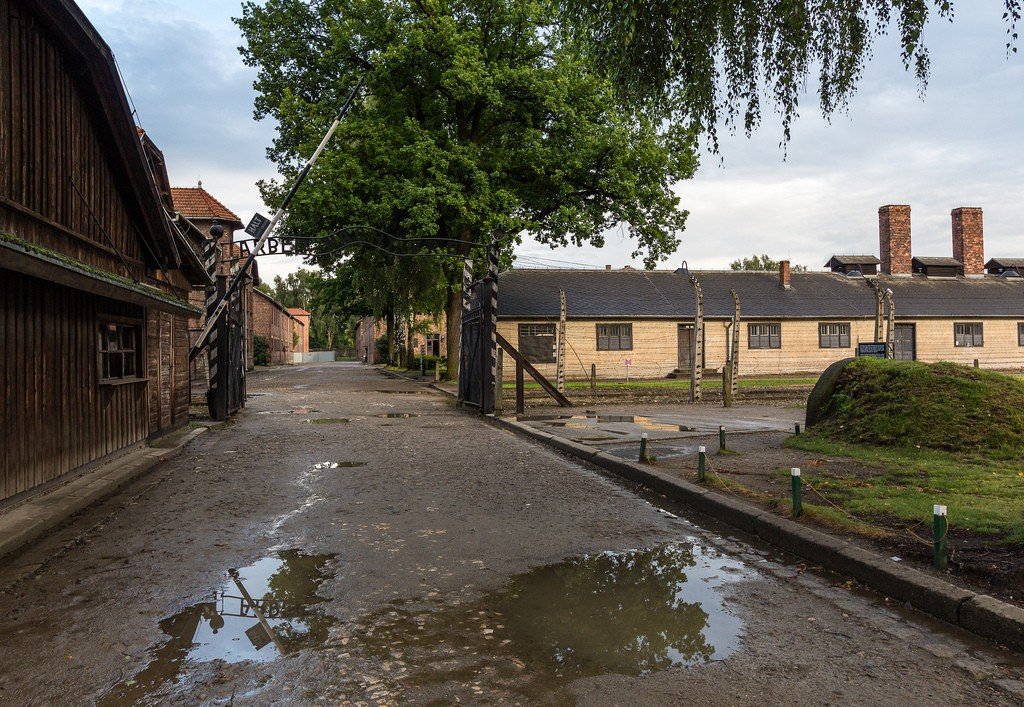
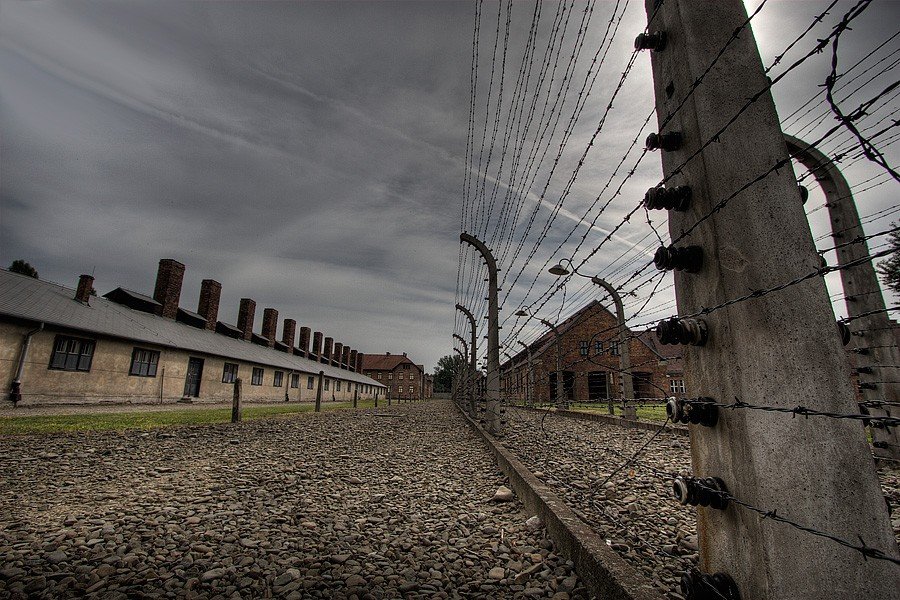
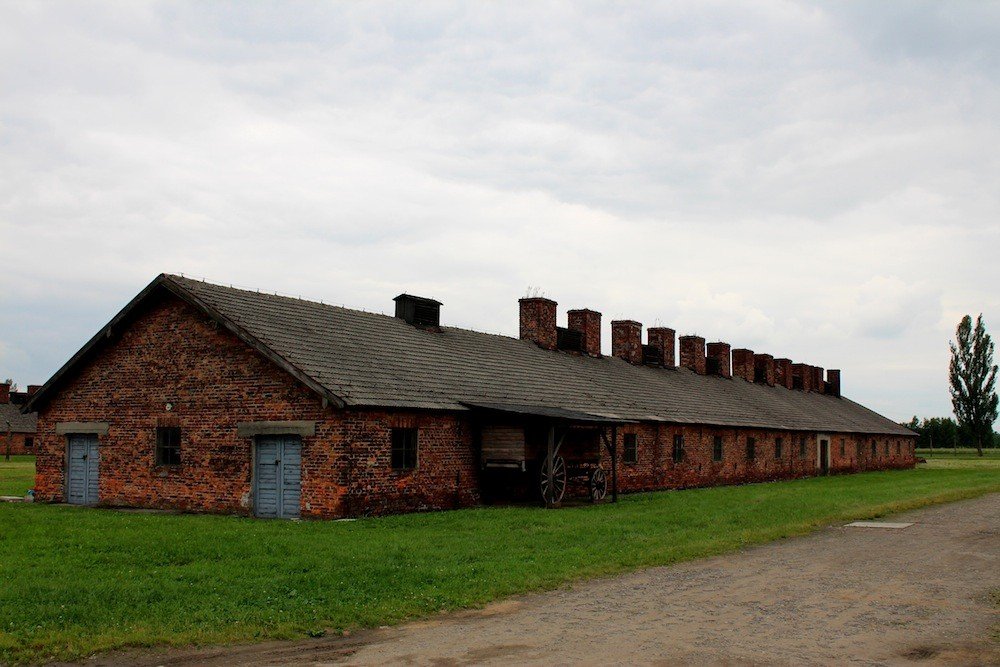
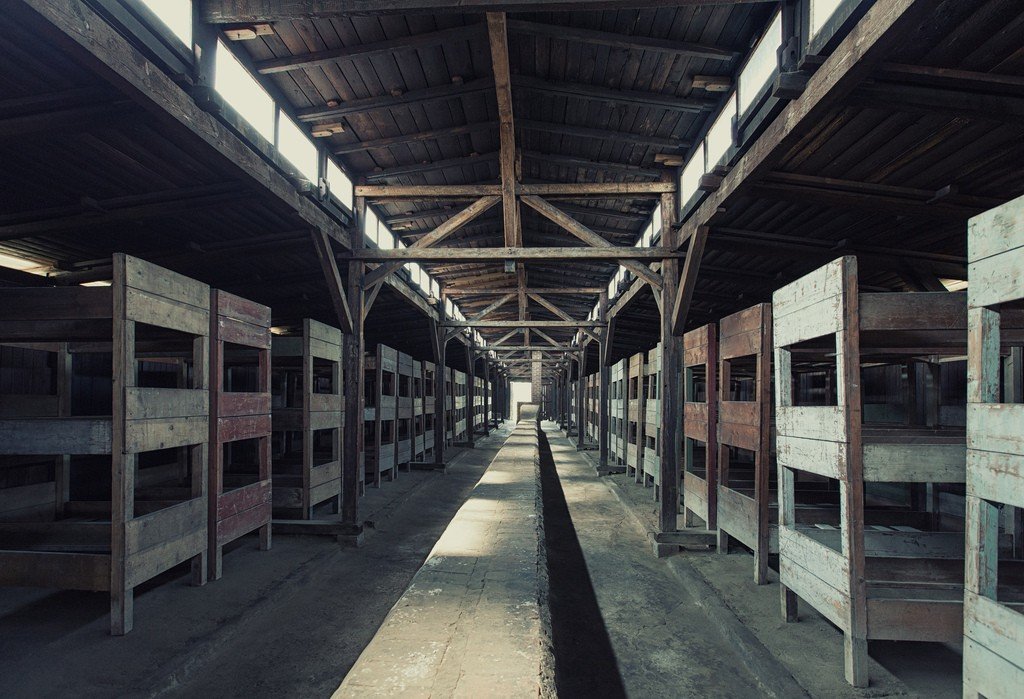
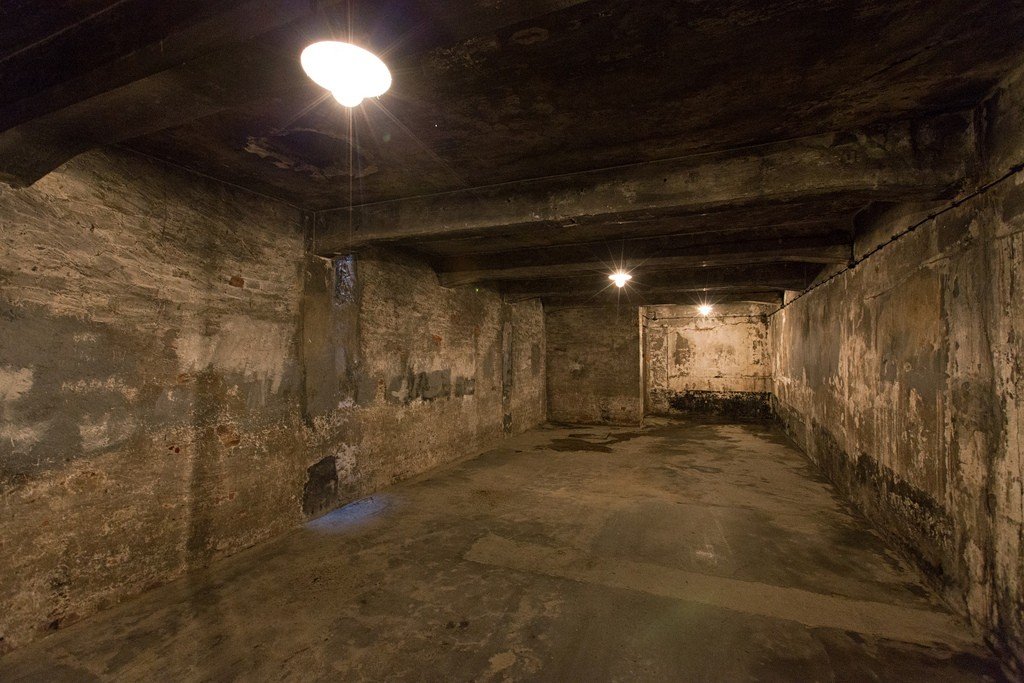
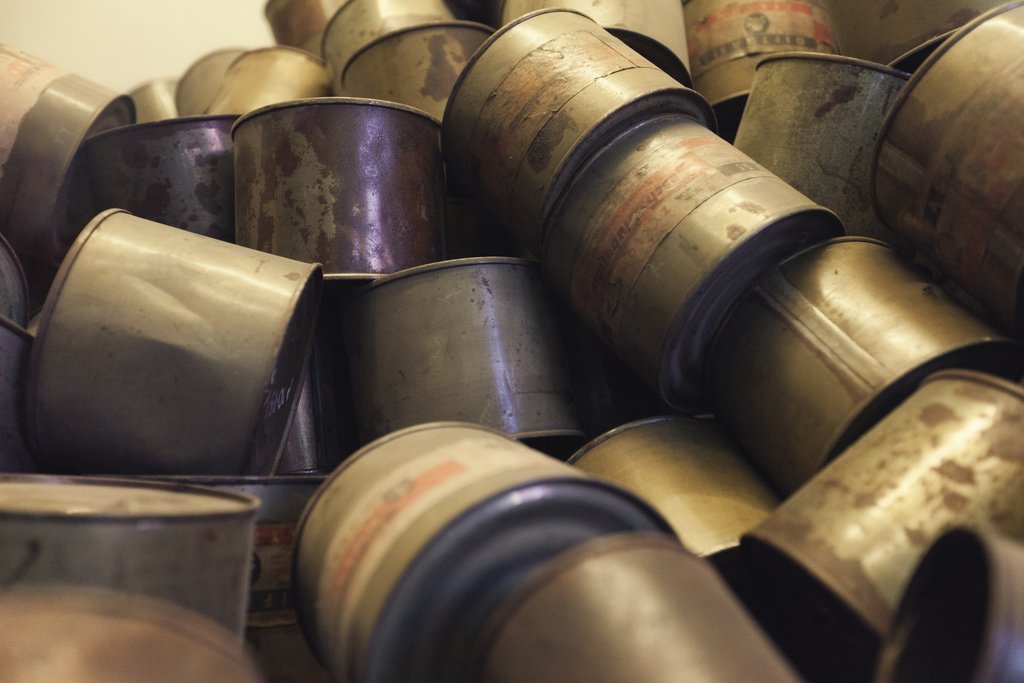
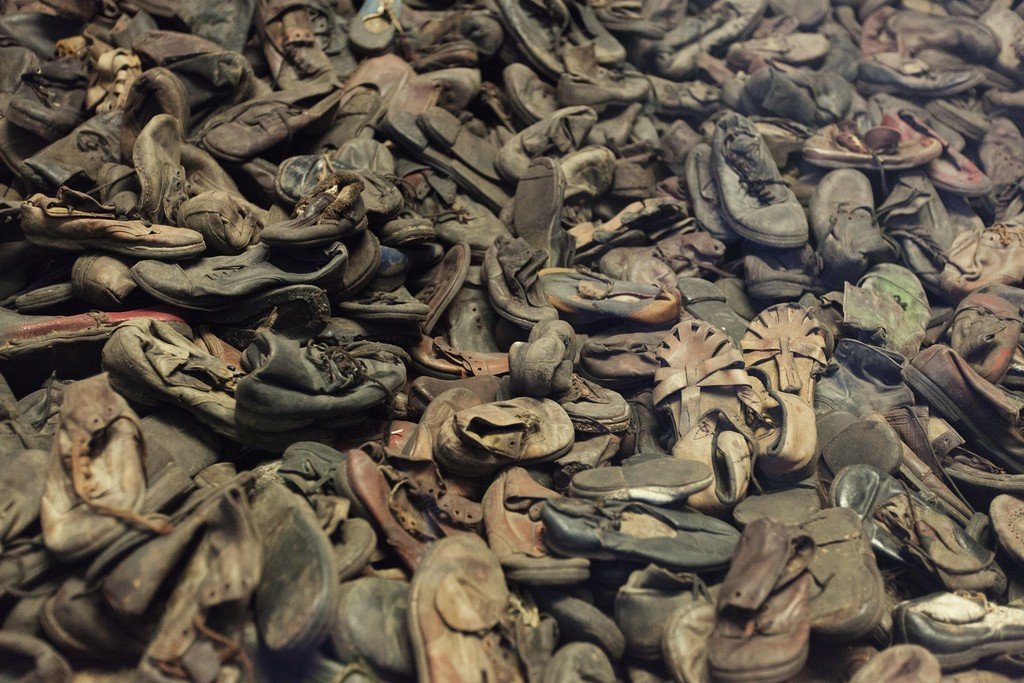
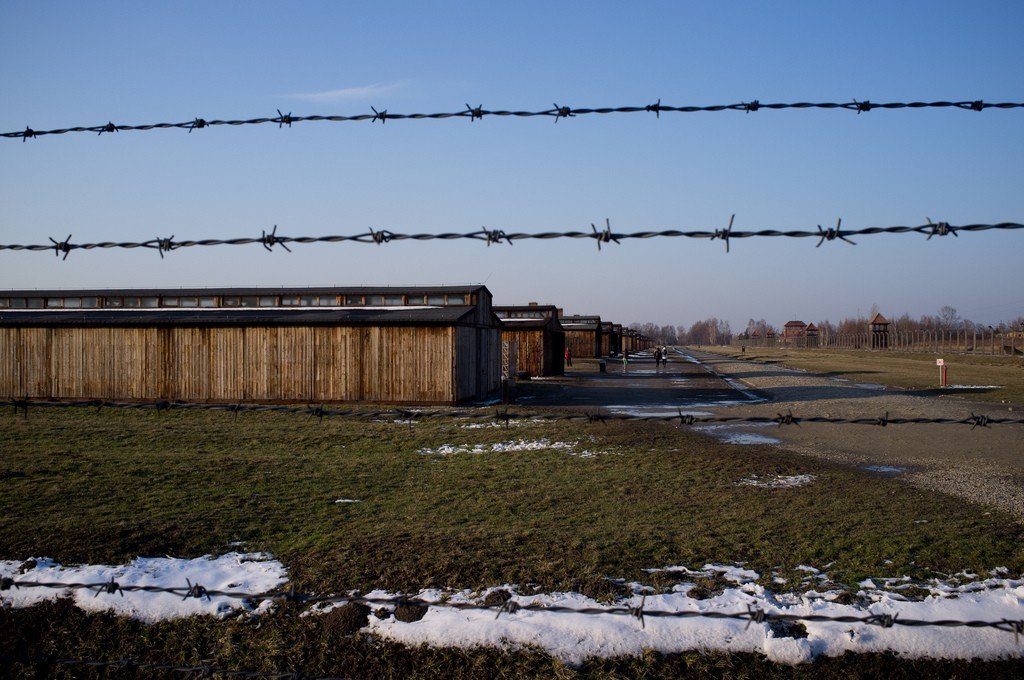
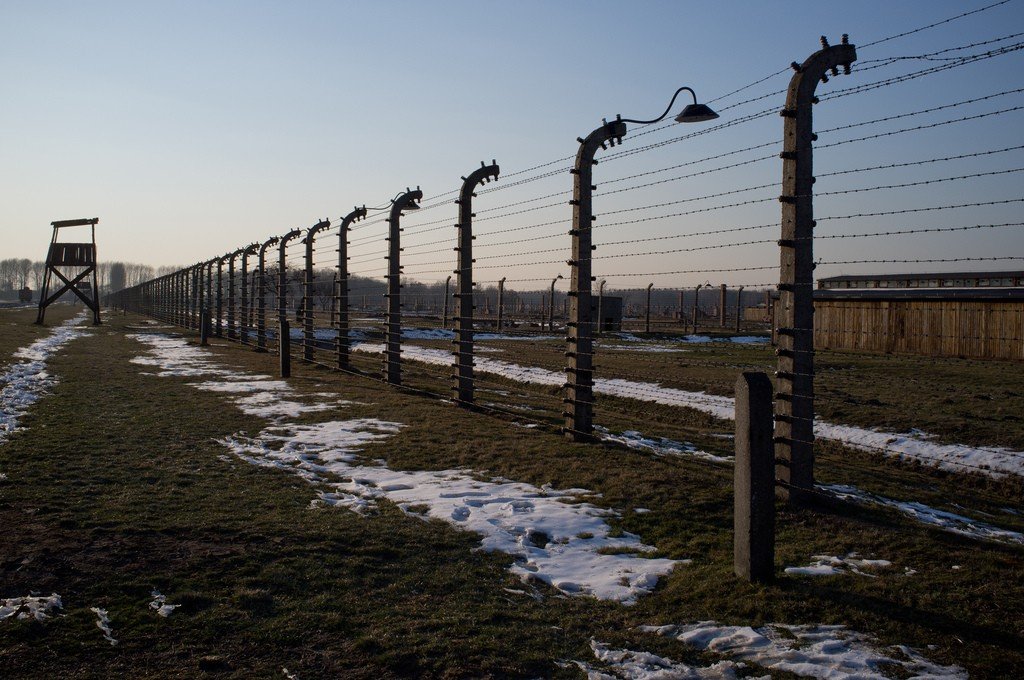
Background
Just hearing that name alone is enough to bring a lump to the throat. Auschwitz remains in people’s minds for many years as an example of genocide, which caused the death of an incredible number of people. Every year, hundreds of thousands of people come to Auschwitz, a city whose name is inextricably associated with the infamous Nazi concentration camp Auschwitz, to learn its history and to honor the memory of the victims.
.The Auschwitz concentration camp was one of the most effective elements of this conveyor belt of death. An excursion here and to the neighboring Birkenau camp leaves an unforgettable impression.
.
Auschwitz
Open: daily 8.00-19.00, free admission, www.auschwitz.org.pl
.The words “Arbeit Macht Frei” (“Labor will set you free”) are written above the camp gate. The camp authorities, fleeing from the advancing Soviet army, tried to destroy evidence of the genocide, but did not have time, so about 30 camp blocks have been preserved, some of them became part of the state museum Auschwitz-Birkenau.
.The camp could hold up to 200,000 people daily. There were 300 prison barracks, 5 enormous gas chambers, each holding 2,000 people, and a crematorium. It is impossible to forget this gruesome place.
.Auschwitz was originally a barracks for the Polish army. Jews from countries such as Norway, Greece, etc. were herded onto freight trains with no water, no food, no toilets and hardly any air to breathe, and taken to concentration camps within Poland. The first 728 “prisoners of war,” most Poles and all from the town of Tarnow, were brought here in June 1940.Then whole streams of Jews and Soviet prisoners of war were sent to the camps. They were turned into slaves; some died of starvation, others were executed, with many sent to the gas chambers, where mass murder was carried out with the poison gas “Cyclone-B.”
Auschwitz was only partially destroyed by the retreating Nazis, so many of the buildings witnessing the atrocities that took place have survived. The dozen surviving barracks house the Auschwitz-Birkenau State Museum (Tel: 33 844 8100; www.auschwitz.org.pl; admission free; 08.00-19.00 June-August, 08.00-18.00 May and September, 08.00-17.00 April and October, 08.00-16.00 March and November, 08.00-15.00 December-February).In 2007, UNESCO designated the complex a World Heritage Site. UNESCO, when inscribing the complex on the World Heritage List, gave it the name “Auschwitz-Birkenau – German-Fascist Concentration Camp (1940-45)” to emphasize Poland’s non-involvement in its creation and operation.
.Every half hour, a 15-minute documentary (adult/discounted ticket 3.50/2.50zt) about the liberation of the camp by Soviet troops on January 27, 1945 is shown in English, German, and French throughout the day in the visitor center cinema located at the camp’s entrance. Check the schedule at the information booth as soon as you arrive. The movie is not recommended for children under the age of 14. Documentary footage filmed after the camp was liberated by Soviet troops in 1945 will provide a useful introduction for those trying to comprehend what they are about to see. The visitor center also has a cafeteria, bookstores, currency exchange (kantor) and a luggage room.
.
At the end of the war, the Nazis tried to destroy the camp during their escape, but about 30 barracks survived, as well as watchtowers and barbed wire. You can walk freely between the barracks and enter those that are open. In one, glass display cases hold piles of shoes, bent eyeglasses, piles of human hair and suitcases with prisoners’ names and addresses – they were told they were just being relocated to another city. The corridors are lined with photographs of prisoners, some of which are decorated with flowers brought by surviving relatives. Next to Block 11, the so-called “death block”, is the execution wall where prisoners were shot. Here the Nazis conducted their first experiments on the use of “Cyclone-B”. The neighboring barracks is dedicated to the “Trials of the Jewish People”. At the end of the exhibition of historical documents and photographs, the names of people killed in the concentration camps are listed to the poignant, sad melody of “Merciful God.”
The exhibition of historical documents and photographs ends with the names of people killed in the concentration camps.
General information is provided in Polish, English and Hebrew, but to better understand everything, purchase the small guide to Auschwitz-Birkenau (translated into 15 languages) available at the visitor center. From May through October, visitors arriving between 10 a.m. and 3 p.m. can see the museum only as part of a guided tour. English-language guided tours (adult/discounted price 39/30zl, 3.5 hours) start daily at 10.00, 11.00, 13.00, 15.00, and you can also get a guided tour if you have a group of ten people. Tours in other languages, including Russian, must be booked in advance.
.Auschwitz is easily accessible from Krakow. If you want to stay nearby, the Center for Dialogue and Prayer (Centrum Dialogu i Modlitwy w Oswiecimiu; Tel: 33 843 1000; www. centrum-dialogu.oswiecim.pl; ul. Kolbego, 1; camping site 25zl, single/double room 104/208zl) is 700 m from the complex. It’s cozy and quiet, and the price includes breakfast; you can also get full board. Most rooms have en-suite bathrooms.
.Birkenau
Entrance to Birkenau is free, open from 08.00-19.00 June – August; 08.00-18.00 May and September; 08.00-17.00 April and October; 08.00-16.00 March and November; 08.00-15.00 December – February.
.Birkenau, aka Auschwitz II is located 3 kilometers from Auschwitz. A brief inscription at Birkenau reads, “Let this place where the Nazis exterminated about one and a half million men, women and children, mostly Jews, from various countries of Europe, be for centuries a cry of despair and a warning to mankind.”
.Birkenau was built in 1941 as Hitler moved from isolating political prisoners to a program of mass extermination. Three hundred long barracks on 175 hectares of land served as a holding facility for Hitler’s most brutal machine for “solving” the Jewish question. Approximately 3/4 of the Jews brought to Birkenau were sent to the gas chambers as soon as they arrived.
Indeed, Birkenau was the epitome of a death camp: it had its own railroad station for transporting prisoners, four huge gas chambers, each capable of killing 2,000 people at a time, and a crematorium equipped with elevators to load the ovens with prisoners’ bodies.
.Visitors are given the opportunity to climb to the second floor of the main watchtower at the entrance, where they have a view of the entire huge camp. The seemingly endless rows of barracks, towers and barbed wire could hold up to 200,000 prisoners at a time. At the back of the camp, behind the terrible pond where the ashes of the annihilated people were poured, stands an unusual monument to the victims of the Holocaust with an inscription in 20 languages of those prisoners who were killed in Auschwitz and Birkenau.
.
Although the Germans retreated and destroyed most of the buildings, one need only look at the barbed-wire fenced square to realize the extent of the Nazi crimes. The observation platform at the entrance to the camp will give you a glimpse of the larger area. In some respects, Birkenau is even more shocking than Auschwitz, and there tend to be fewer tourists. Visiting the memorial as part of a tour group is optional.
.Getting there and back
A visit to Auschwitz-Birkenau is usually done as a day trip from Krakow.
.
From April 15 to October 31 from 11.30 to 16.30 from 11.30 to 16.30, buses run at half-hour intervals between Auschwitz and Birkenau (from May to September the service stops at 17.30, from June to August – at 18.30). You can also walk the 3 kilometers between the camps or take a cab. There are buses from Auschwitz to the local train station (30-40 minutes). Many travel agencies in Krakow organize excursions to Auschwitz and Birkenau (from 90zt to 120zt per person). Check in advance how much time you will be allowed to stay in the museums, as some of them have very tight schedules and you may not have time to see everything you are interested in.
.